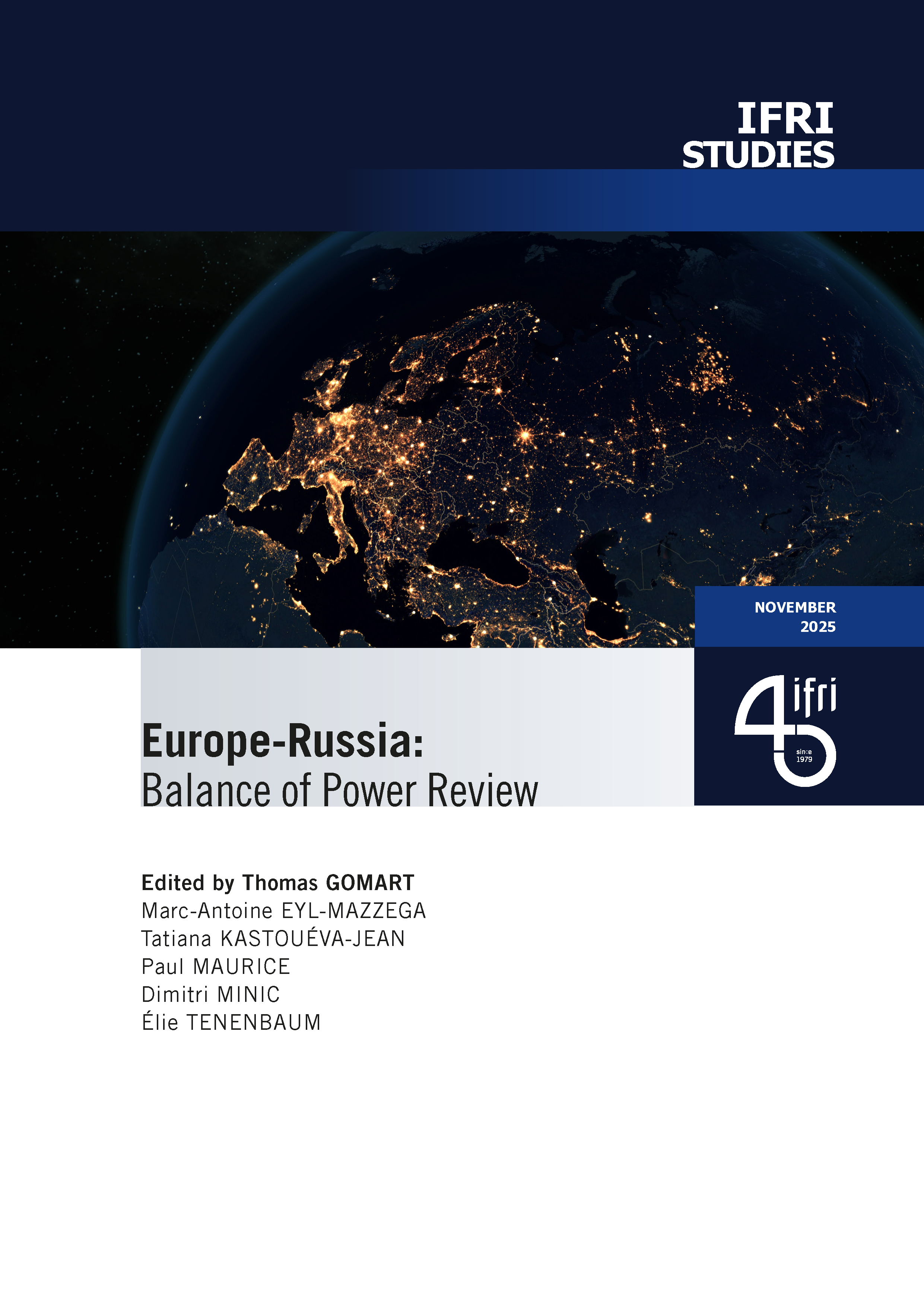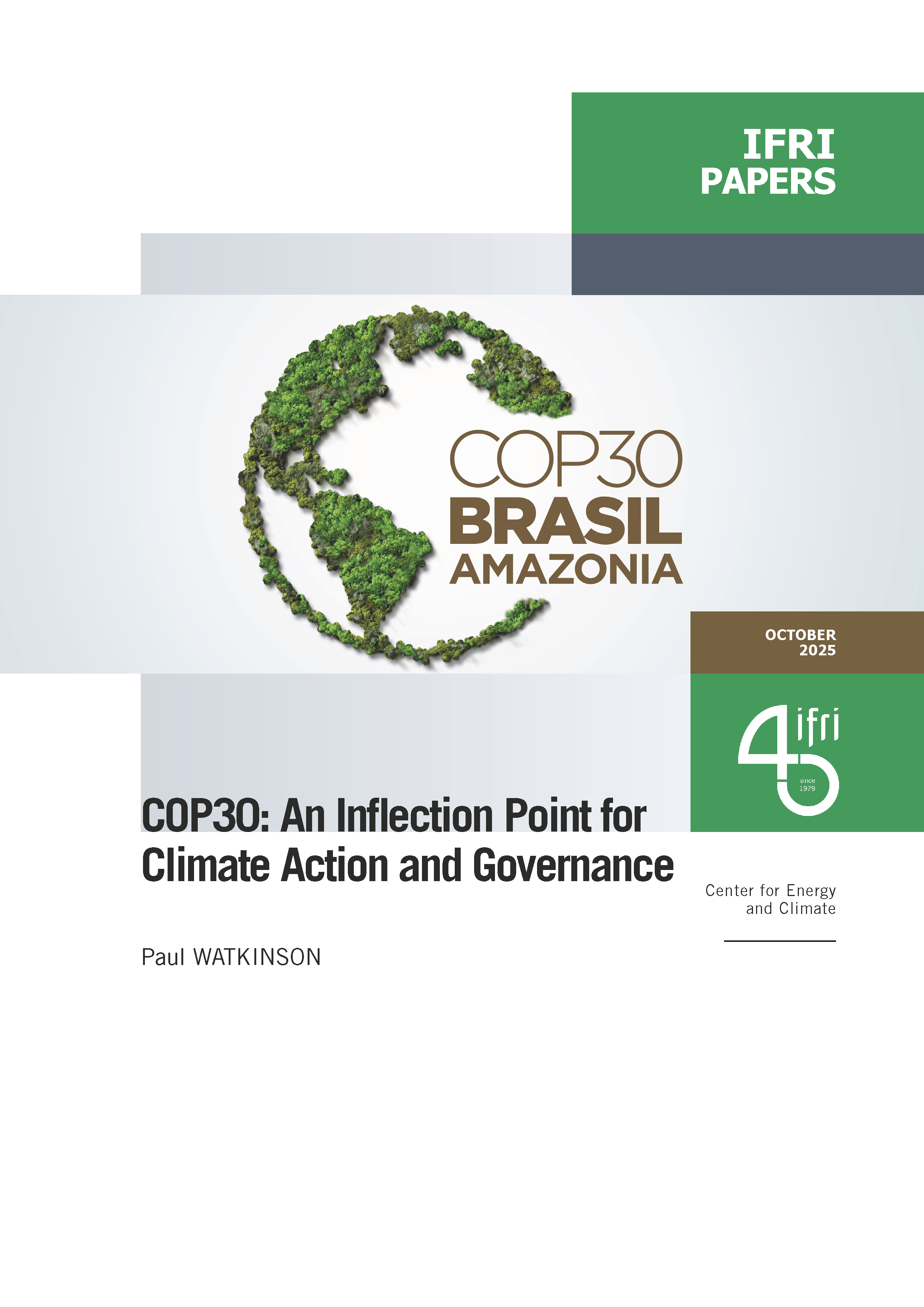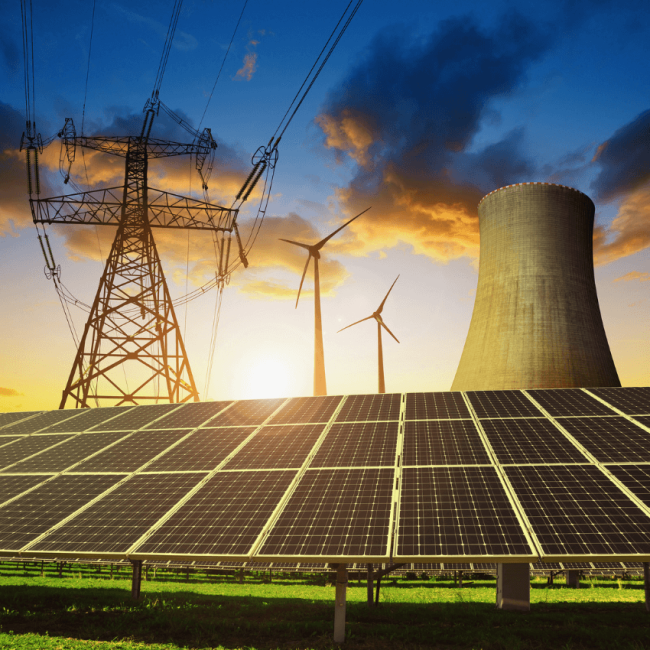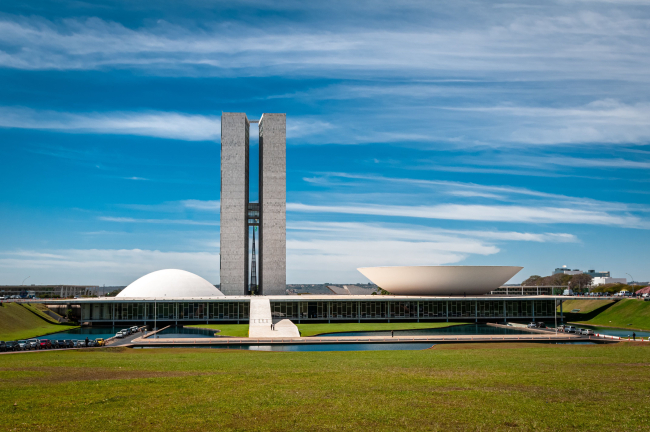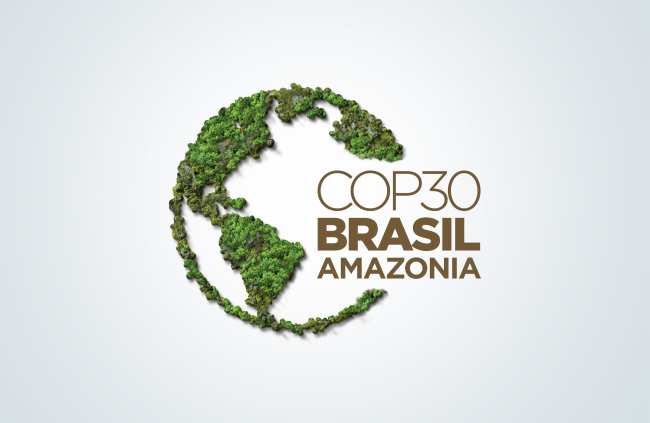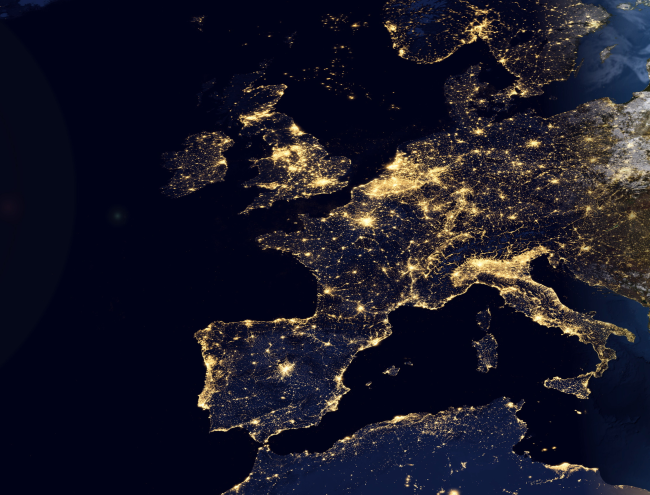The EU Electricity Policy Outlook for the Smart Grid Roll-Out

The energy transition from a socio-economic system based on fossil fuels to a sustainable low-carbon system is a multi-facetted process. This “transformation” of the energy system, more specifically of the power system, creates several challenges.
These concern in particular the connections with the existing electricity infrastructure of new renewable power sources and the distribution of generating systems, together with automated grid assets and smart meters. The European energy transition is based on two different revolutions: i) the “post-World War II” industrial investment recovery, when electricity systems were built; and ii) the “Information Technology” revolution that is bringing new communication and connection modes to the grid.
There is no unique path towards a decarbonised electricity system. The implementation of this development depends on the current local configuration of electricity grids, the interaction between grid operators, the generation mix, the availability of backup generation capacities and the level of cross-border interconnections. Moreover, this evolution impacts the roles of all actors of the energy system, in particular those of Transmission System Operators (TSOs), of Distribution System operators (DSOs) and of National Regulatory Authorities (NRAs).
Besides the technical challenge, the Energy transition requires the transformation of business models designed as platforms, which are able to integrate different levels of stakeholders, whereas in the past, utilities were based on vertical, public monopoly structures that were often paid based on cost-of-service rules. The traditional utility models were characterised by centralised governance but as a result of technological changes, this system is making way for a more horizontal and multilateral governance. The role of consumers is also changing, with new attributes in particular with regards to demand-response measures.
The purpose of this paper is to analyse the key structural developments behind the European energy transition, as well as the main regulatory and policy challenges linked to the transformation of the system.
Please download the PDF paper to read the full text:

Available in:
Regions and themes
ISBN / ISSN
Share
Download the full analysis
This page contains only a summary of our work. If you would like to have access to all the information from our research on the subject, you can download the full version in PDF format.
The EU Electricity Policy Outlook for the Smart Grid Roll-Out
Related centers and programs
Discover our other research centers and programsFind out more
Discover all our analysesBrazil One Year Away from the October 2026 General Elections
Brazil’s general elections will be held on October 4, 2026, to elect the president, vice-president, members of the National Congress, governors, deputy governors and state legislative assemblies. For the presidential and gubernatorial elections, a second round will be held on October 25 if no candidate obtains a majority of the votes in the first round.
COP30: An Inflection Point for Climate Action and Governance
The 30th Conference of the Parties (COP30), opening in Belém, Brazil, on November 10th 2025, convenes at a perilous moment.
The Strategic Dimension of Skills in the Clean Industrial Deal
In the competitiveness and energy transition battles, the European Union (EU) must master a determinant factor: skills.
The Energy Transition Faces Geopolitical Challenges. How Can Ideological Divides Be Overcome?
President Trump’s positions and policies, combined with record coal consumption and booming global electricity demand, geo-economic confrontation, and widespread concerns about energy security, are changing the game when it comes to understanding realistic decarbonization trajectories. The war in Europe is intensifying competition between defense and transition budgets. This is also the case elsewhere in the world.


